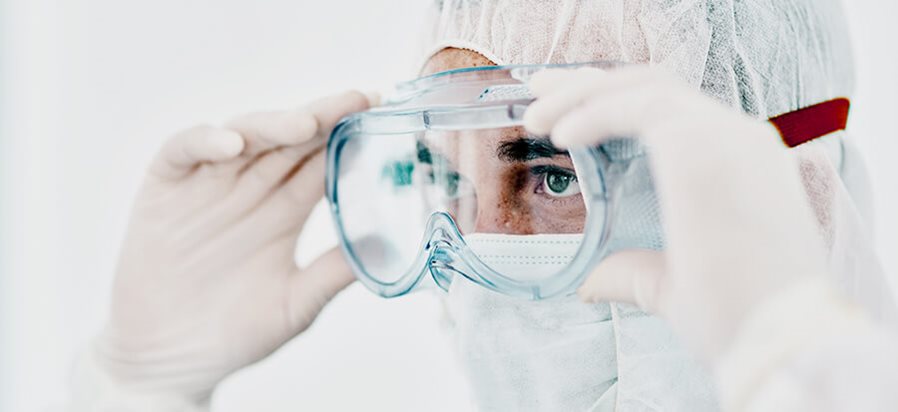
When a project is described as being conducted “under laboratory conditions,” that implies a lot. It suggests precise calculations and material measurement. It suggests high levels of cleanliness. And, perhaps most importantly, it suggests that the project was handled with the utmost attention to the safety and security of everyone involved.
According to studies conducted by the
University of California Center for Laboratory Safety (UCCLS), 30% of researchers are aware of at least one “major” injury (serious enough to require medical attention) occurring in a laboratory they were working in, and approximately 60% of chemistry researchers thought that safety in their laboratories could be improved overall. And it’s happening – in the past few years, laboratory safety has seen increased prioritization, with organizations such as the
American Chemical Society (ACS) and the
US National Research Council (NRC) producing new and improved guidelines and reports on laboratory safety – particularly in academic settings. In 2015, the ACS published
Identifying and Evaluating Hazards in Research Laboratories: Guidelines Developed by the Hazards Identification and Evaluation Task Force of the American Chemical Society’s Committee on Chemical Safety, in an effort order to establish a standard for academics and help prevent injuries and accidents in teaching laboratories.
So even in settings where safety is a priority, there is still room to hone and enhance procedures to limit the chances of anyone being seriously hurt. Here are five practices you can implement right away.
1. Get to Know Laboratory Equipment Best Practices
Before you stock your laboratory, a good first step is to check with current Environmental Health & Safety guidelines, which can often determine if a piece of equipment is suitable for a professional lab environment. Safety features and independent safety controls are a huge help.
Consider the OHAUS Guardian 7000 series Hotplate Stirrers, which utilize SafetyHeat and SmartLink technology, both of which can shut the device off automatically to prevent overheating, or the Frontier 5000 Series Multi-Function Centrifuges which features imbalance detection and automatic rotor recognition that ensure the device is used properly, every time. Once stocked, it’s helpful to create a regular cadence for laboratory equipment inspection, where each instrument is checked for wear, deterioration, and general cleanliness. This will help anticipate issues before they, well, become real issues.
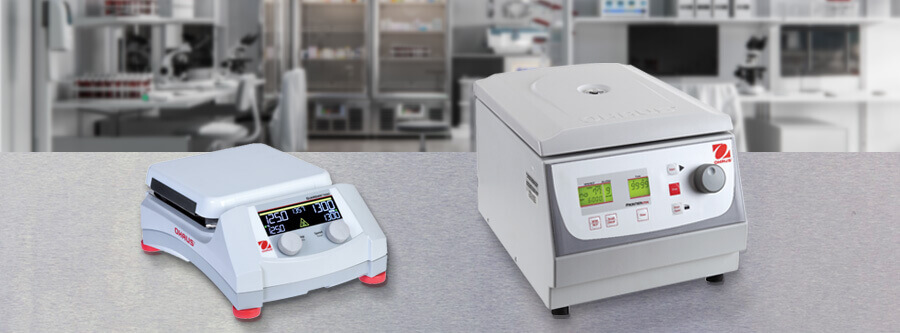
2. Secure Glassware When In Use
We’ve all been taught to be careful with glassware, but in a lab setting that goes beyond just watching your elbows around champagne flutes. Even strong, tempered glass can be severely weakened by the slightest crack or imperfection on its surface, so it’s important to utilize clamps and supports to ensure that glassware is held securely when not in use. OHAUS offer seven unique styles of
Labjaw clamps that provide versatility as well as added protection against glassware accidents.
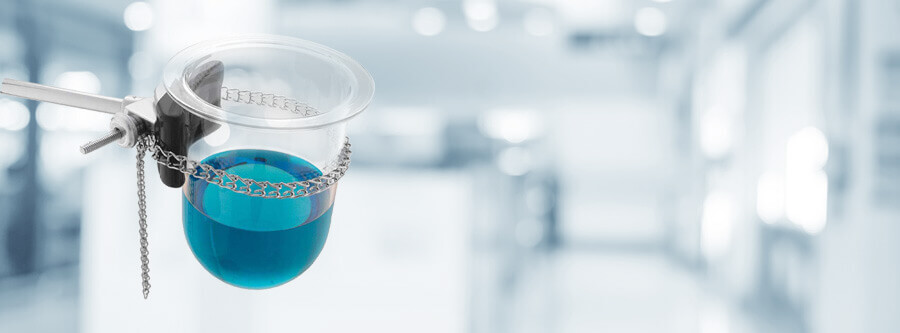
3. Have Fire Prevention Equipment and Training Available
A well stocked, and by extension, well protected, laboratory has to be ready in case of a fire emergency. Volatile chemicals and Bunsen burners can be a dangerous combination, so in addition to standard fire extinguishers, fire blankets and showers should be easily accessible and checked frequently to ensure they are in working order.
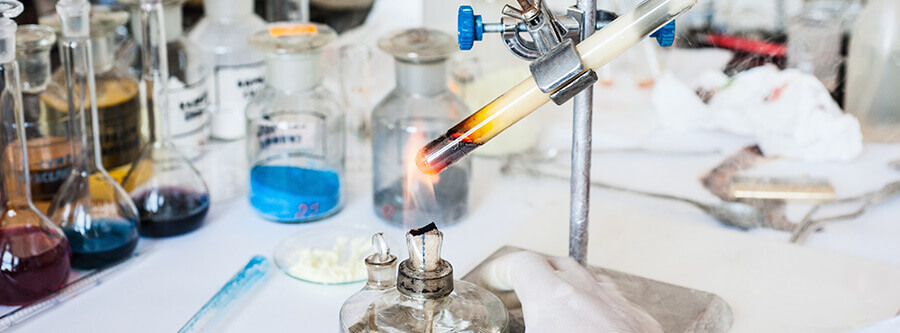
4. Have Personal Protective Equipment (PPE) Readily Available
By the same token, laboratories must be prepared for the unique challenges of chemical spills or instances where potentially harmful chemicals are in contact with unprotected skin or eyes. Laboratory workers need to be outfitted correctly from the start, which includes a lab coat (yes, they serve more of a purpose than just style), goggles, and gloves. It’s best to use Nitrile gloves for general laboratory purposes, because they are durable but also offer sensitivity and dexterity. Plus, if they do tear or puncture, the damage is pretty obvious so you don’t have to worry about being surprised by unseen holes. As a bonus, nitrile gloves are safe for those with latex allergies.
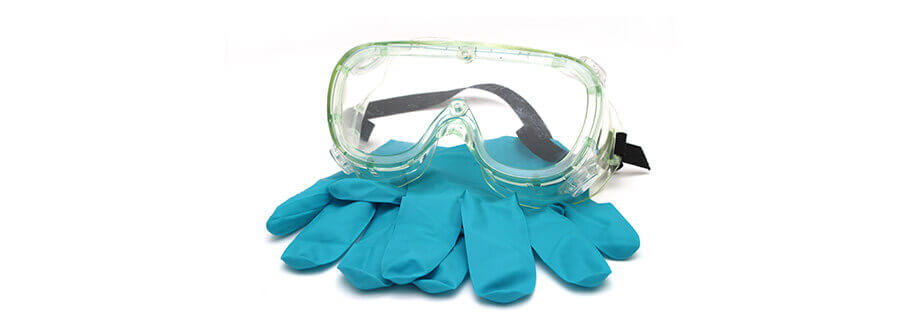
5. Keep Proper Documentation Accessible
Safety is more than just reacting to a spill or breakage, it’s also about knowing the complete layout of your laboratory, what chemicals and other materials you have on hand or in storage, and the proper protocols for not only dealing with accidents but also handling their aftermath. For example, every lab worker should have access to Safety Data Sheets (also known as MSDS), which lists the most common and or hazardous chemicals routinely used in that workspace. The
Environmental Health & Safety organization actually suggests keeping a printed copy of such a list in addition to a digital one. Alongside detailed chemical inventory lists, Standard Operating Procedures, and general Laboratory Safety Manuals, your work environment is more proactive in its safety measures, and is better equipped for dealing with emergencies if and when they occur.
Interested in getting a quote for one of the OHAUS products mentioned in this article? Click the links below:
Request a Quote:
Guardian 7000
Request a Quote:
Frontier 5000 Series Multi-Function Centrifuges
Request a Quote:
Labjaw clamps